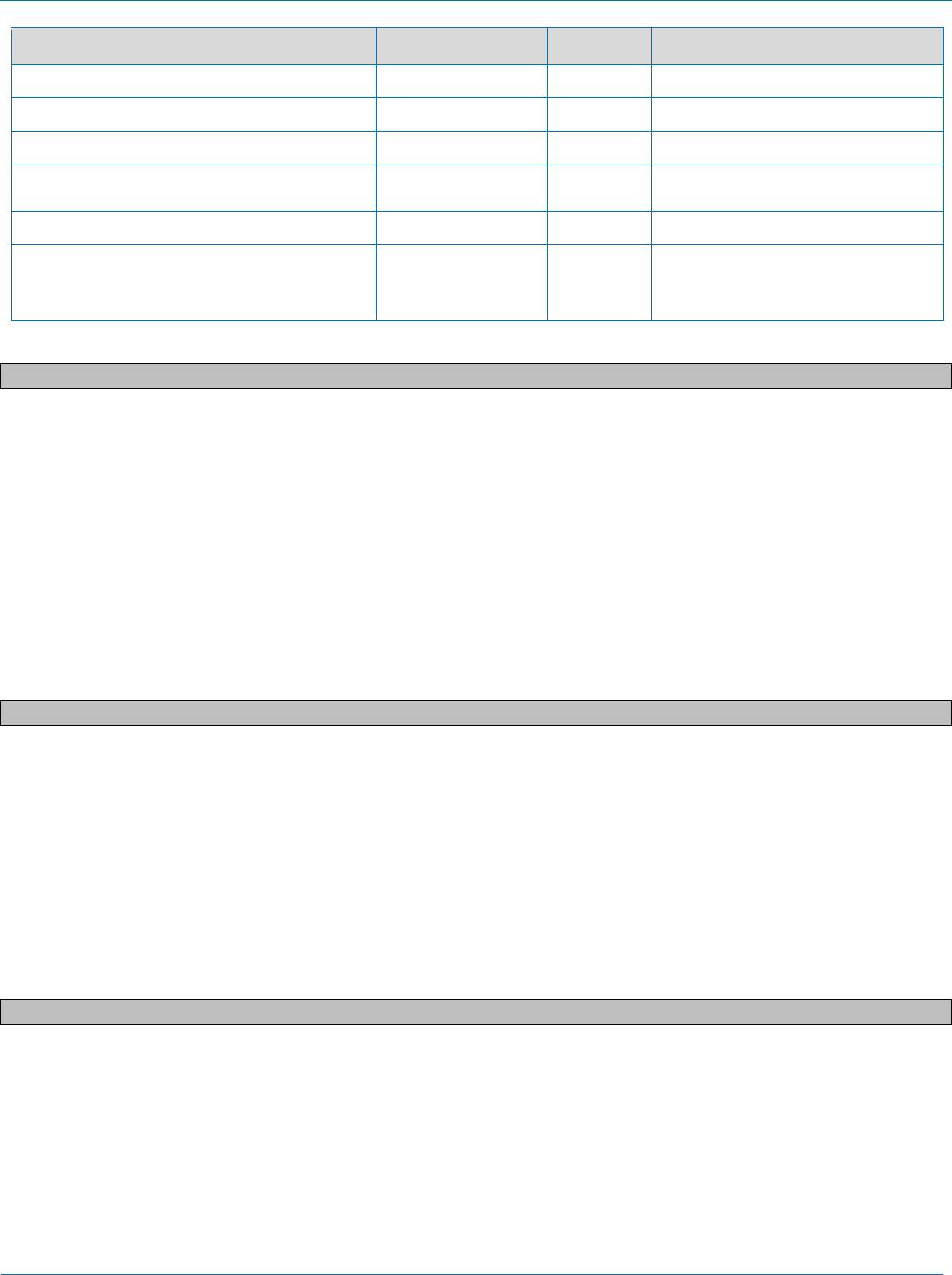Datasheet

Quik Stik® Mini Twist Paint Marker White, Yellow, Red
Safety Data Sheet
according to Regulation (EC) No. 453/2010
13/04/2015
EN (English)
SDS Ref.: LACO1504017
3/1
3.2. Mixture
Name
Product identifier
%
Classification according to Regulation
(EC) No. 1272/2008 [CLP]
(2-Methoxymethylethoxy)-propanol
(CAS No) 34590-94-8
(EC no) 252-104-2
25 – 35
Not classified
Titanium dioxide
(CAS No) 13463-67-7
(EC no) 236-675-5
10 – 30
Not classified
ethyl 3-ethoxypropionate
(CAS No) 763-69-9
(EC no) 212-112-9
10 – 20
Flam. Liq. 3, H226
Vinyl acetal polymers, butyrals
(CAS No) 63148-65-2
(EC no) *613-158-6
10 – 20
Skin Irrit. 2, H315
Eye Irrit. 2, H319
STOT SE 3, H335
2,4,7,9-Tetramethyl-5-decyne-4,7-diol ethoxylate
(CAS No) 9014-85-1
(EC no) 500-022-5
0.5 – 2
Eye Dam. 1, H318
Aquatic Chronic 3, H412
Benzotriazole
(CAS No) 95-14-7
(EC no) 202-394-1
0 – 1
Acute Tox. 4 (Oral), H302
Acute Tox. 4 (Dermal), H312
Acute Tox. 4 (Inhalation:dust,mist), H332
Eye Irrit. 2, H319
Aquatic Chronic 3, H412
Full text of R- and H-phrases: see section 16
SECTION 4: First aid measures
4.1. Description of first aid measures
First-aid measures general
:
Never give anything by mouth to an unconscious person. If you feel unwell, seek medical
advice (show the label where possible).
First-aid measures after inhalation
:
Remove victim to fresh air and keep at rest in a position comfortable for breathing.
First-aid measures after skin contact
:
Wash with plenty of soap and water. Wash contaminated clothing before reuse. If skin irritation
occurs: Get medical advice/attention.
First-aid measures after eye contact
:
Rinse cautiously with water for several minutes. Remove contact lenses, if present and easy to
do. Continue rinsing. If eye irritation persists: Get medical advice/attention.
First-aid measures after ingestion
:
Do NOT induce vomiting. Get medical advice/attention if you feel unwell.
4.2. Most important symptoms and effects, both acute and delayed
Symptoms/injuries after skin contact
:
Causes skin irritation.
Symptoms/injuries after eye contact
:
Causes serious eye irritation.
4.3. Indication of any immediate medical attention and special treatment needed
All treatments should be based on observed signs and symptoms of distress in the patient.
SECTION 5: Firefighting measures
5.1. Extinguishing media
Suitable extinguishing media
:
Use extinguishing media appropriate for surrounding fire.
Unsuitable extinguishing media
:
None known.
5.2. Special hazards arising from the substance or mixture
Fire hazard
:
No specific fire or explosion hazard.
Hazardous decomposition products in case of
fire
:
Carbon dioxide. Carbon monoxide.
5.3. Advice for firefighters
Firefighting instructions
:
Exercise caution when fighting any chemical fire. Do not allow run-off from fire fighting to enter
drains or water courses.
Protection during firefighting
:
Do not enter fire area without proper protective equipment, including respiratory protection.
Wear fire/flame resistant/retardant clothing. Wear a self contained breathing apparatus. EN469.
SECTION 6: Accidental release measures
6.1. Personal precautions, protective equipment and emergency procedures
General measures
:
Avoid creating or spreading dust. Avoid contact with skin and eyes.
6.1.1. For non-emergency personnel
Protective equipment
:
Wear suitable gloves. Chemical goggles or safety glasses.
Emergency procedures
:
Evacuate unnecessary personnel.
6.1.2. For emergency responders
Protective equipment
:
Wear suitable gloves. Chemical goggles or safety glasses.
Emergency procedures
:
Ventilate area.
6.2. Environmental precautions
Avoid release to the environment.









